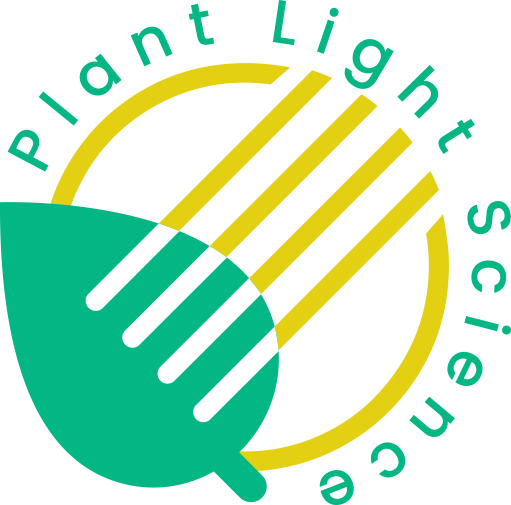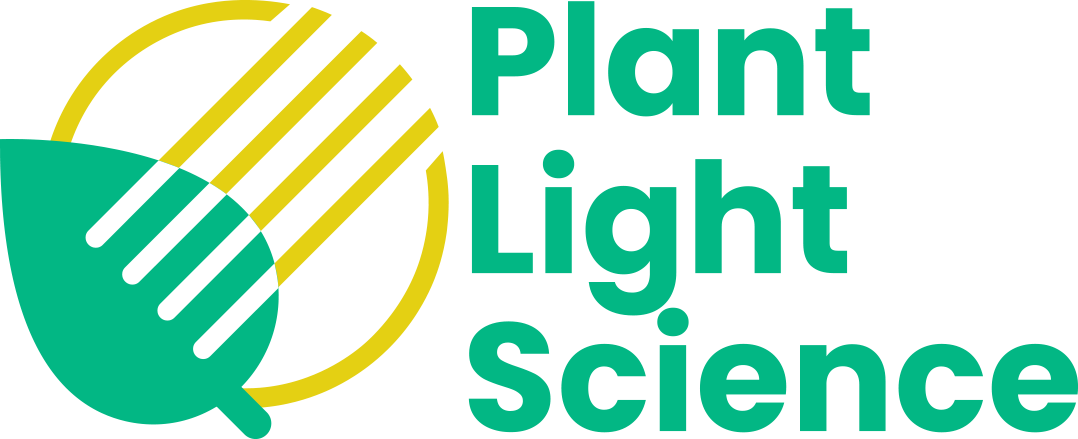Welcome to Plant Light Science, your trusted partner for hyperspectral light sources and LED plant lighting. We have been offering comprehensive solutions for indoor gardening projects for many years. Our experience ranges from consulting services for selecting the right lamps to customized prototype construction for specific requirements.
Plant Light Science GmbH & Co KG was founded in 2016 and is managed by the partners Matthias Hagendorf and Thomas Mittelstaedt, a graduate physicist and botanist. PLS was founded as part of an EXIST start-up grant for the “development of efficiency-optimized “personalized” software-controlled LED plant lighting”. Since then, we have developed a variety of diode-based hyperspectral light sources, mainly for universities and research institutions. We really enjoyed the complex and individual challenges. Nevertheless, we have never lost sight of our original goal over the past 8 years and have constantly pursued it: The development of highly efficient, software-controlled LED plant lighting that combines state-of-the-art technology and the latest research!
Grow nerds, connoisseurs, terpene enthusiasts and ambitious researchers, but above all commercial producers whose end products should be of the highest quality, can be very excited. We hope to make the next generation of intelligent plant lighting available this spring . Our software-controlled intelligent full-spectrum grow light will revolutionize commercial plant production and enable completely new cultivation concepts.

Another business area is the development and production of hyperspectral light sources for research applications. In recent years, PLS has developed various hyperspectral light sources as well as controllers (hybrid controllers with PWM/analog dimming (0-100%)) and intuitive control software for research facilities, which are successfully used there.
Examples of developed hyperspectral light sources:
12-channel spotlight, 360 nm – 800 nm, 120 watts, PWM/analog hybrid dimming, software-controlled.
16-channel hyperspectral system, modular, 330 nm – 860 nm, 35 watts, PWM/analog hybrid dimming, WLAN, software-controlled.
32-channel hyperspectral system, modular, 300 nm – 1000 nm, 80 watts, hyperspectral camera control, PWM/analog hybrid dimming, WLAN, software-controlled.
12-channel Plant-BarLight, 360 nm – 780 nm, 120 watts, PWM/analog hybrid dimming, WLAN, software-controlled.
16-channel Plant-BarLight, 360 nm – 780 nm, 185 watts, PWM/analog hybrid dimming, WLAN, software-controlled.
PLS has realized numerous research projects with renowned universities and research institutes. For example, a “Combined hyperspectral camera system and topographic measurement system for measuring additively manufactured archaeological, forensic and geological objects” was developed in collaboration with the Chair of Photonic Technologies at FAU Erlangen-Nuremberg as part of a ZIM cooperation project. PLS developed the hyperspectral light source for this, including the software and control of the hyperspectral camera.
In the field of production horticulture and commercial production of cannabis , PLS advises several companies on all relevant issues relating to plant lighting, climate control and greenhouse automation. At the “Knoblauchsland” site, PLS operates test areas (lettuce under glass) in close cooperation with Haubner Gemüsebau, where lighting concepts are tested and further developed.
Through an exclusive partnership with BlackDogLed USA, PLS has played a key role in the design, construction, equipping and operation of a large number of commercial cannabis production facilities (USA, Canada) since 2016. This collaboration enabled us to gain extensive experience and successfully contribute our expertise, particularly in the area of plant lighting. Over the past 8 years we have gained significant knowledge in the field of commercial cannabis production and look forward to sharing this knowledge with the emerging cannabis social clubs.
Our Spectral Research department has been focusing on the optimization of photosynthesis and photomorphogenesis since 2016. We develop innovative approaches to determine and adapt light spectra in order to achieve the maximum photosynthesis rate and at the same time promote the ideal morphogenesis of plants.
“Plant Light Science GmbH & Co. KG is a prime example of the successful combination of science and practice. Thanks to their many years of experience and their innovative hyperspectral light sources, we have been able to make decisive progress in research at the Chair of Photonic Technologies.”

Dr.-Ing. Martin Hohmann
FAU Erlangen-Nuremberg, Chair of Photonic Technologies
From 50€ purchase value
Get a 5€ discount!
Sign up for our newsletter and save on your next purchase!
